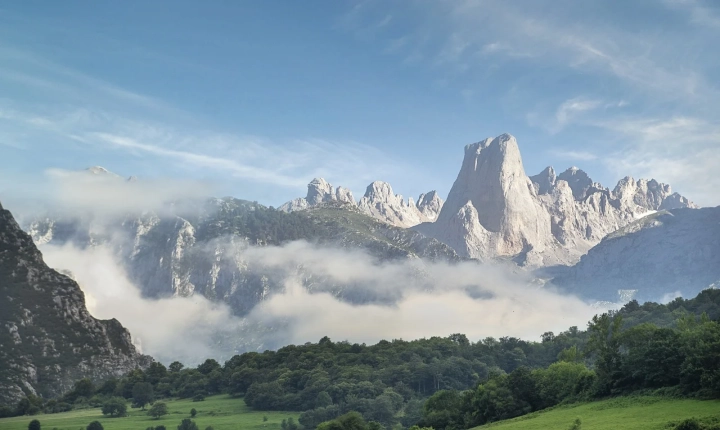Title: How to Turn Photos into AI Art: Exploring the World of Neural Style Transfer
In recent years, artificial intelligence (AI) has made significant strides in the field of visual art, enabling the transformation of ordinary photographs into stunning, AI-generated artworks. One of the most intriguing and accessible methods for achieving this is through a process known as neural style transfer. By harnessing the power of neural networks, individuals can now engage in the creative process of turning their photos into unique pieces of AI art. In this article, we will explore the fascinating world of neural style transfer and provide a step-by-step guide on how to use this innovative technology.
Understanding Neural Style Transfer:
Neural style transfer is a technique that involves combining the content of one image with the style of another. This process is made possible through the use of deep neural networks, which are trained to learn the stylistic features of a particular artwork and apply them to a given photograph. By leveraging the computational power of AI, neural style transfer can produce visually stunning results that seamlessly merge the content and style of two distinct images.
Step 1: Choose Your Images
The first step in creating AI art through neural style transfer is to select the images that will serve as the content and style sources. The content image is the photograph you wish to transform, while the style image is the artwork or photograph that will influence the visual aesthetics of the final output. For best results, it is recommended to choose high-resolution images with clear subject matter and distinct artistic styles.
Step 2: Select a Neural Style Transfer Tool
There are various online platforms and software applications that offer neural style transfer capabilities. Some popular options include DeepArt, Prisma, and Adobe Photoshop’s Neural Filters. Choose a tool that best suits your preferences and technical proficiency.
Step 3: Apply Neural Style Transfer
Once you have selected your preferred tool, the next step is to upload your chosen content and style images and apply the neural style transfer algorithm. This process may involve adjusting parameters such as style strength, color saturation, and image resolution to achieve the desired artistic effect.
Step 4: Refine and Experiment
After applying the neural style transfer, take the time to refine and experiment with different settings to fine-tune the artistic output. Many tools offer customization options that allow users to control aspects such as brush size, style intensity, and color blending. By experimenting with these parameters, you can tailor the AI-generated art to your liking.
Step 5: Save and Share
Once you are satisfied with the results, save the AI-generated artwork to your device and share it with others. Whether it’s through social media, digital galleries, or printed formats, sharing your AI art can inspire others and showcase the creative potential of neural style transfer.
The Creative Potential of Neural Style Transfer:
Neural style transfer opens up a realm of creative possibilities, allowing individuals to explore new ways of visual expression and reinterpretation. Whether it’s transforming a scenic photograph into a Van Gogh-inspired masterpiece or infusing a portrait with the vibrancy of a modern art style, neural style transfer offers a captivating intersection of technology and artistry.
In conclusion, the integration of AI and art has paved the way for exciting developments in the field of visual creativity. Through neural style transfer, individuals can harness the power of AI to turn their photos into captivating pieces of AI art. By following the steps outlined in this article and embracing the creative potential of neural style transfer, anyone can experience the thrill of transforming photographs into unique and visually stunning artworks.
